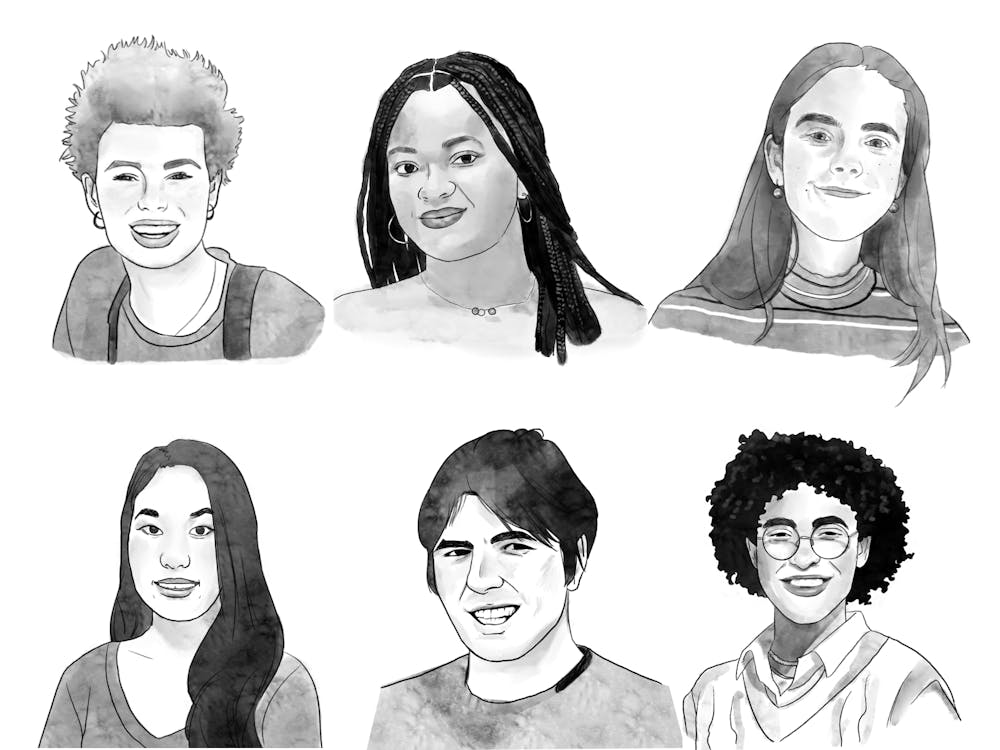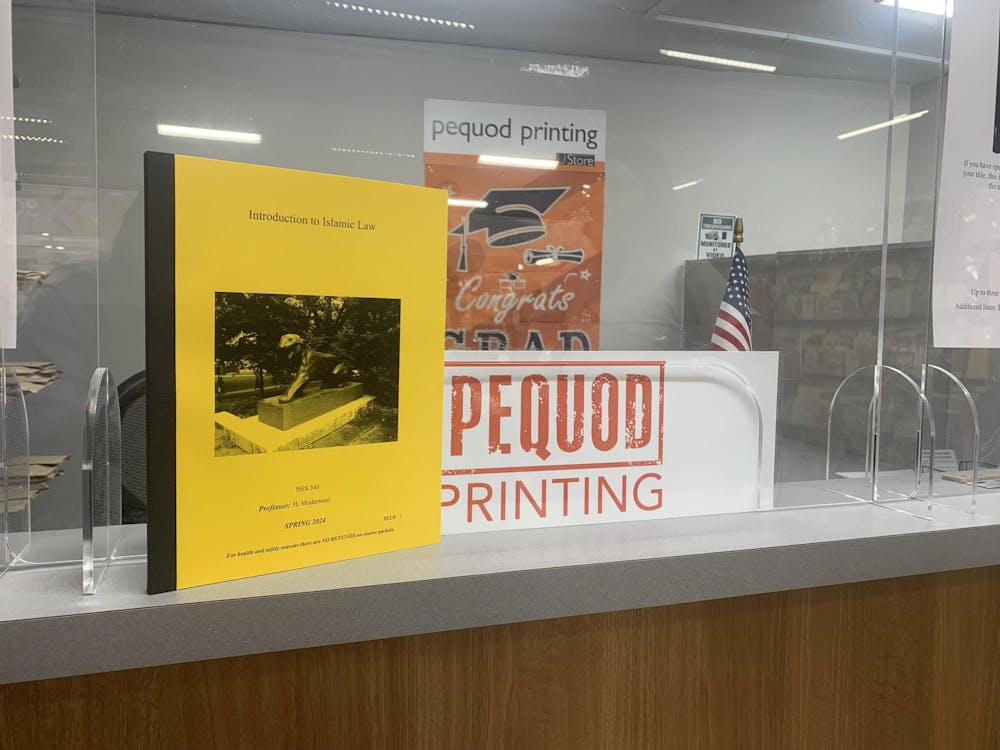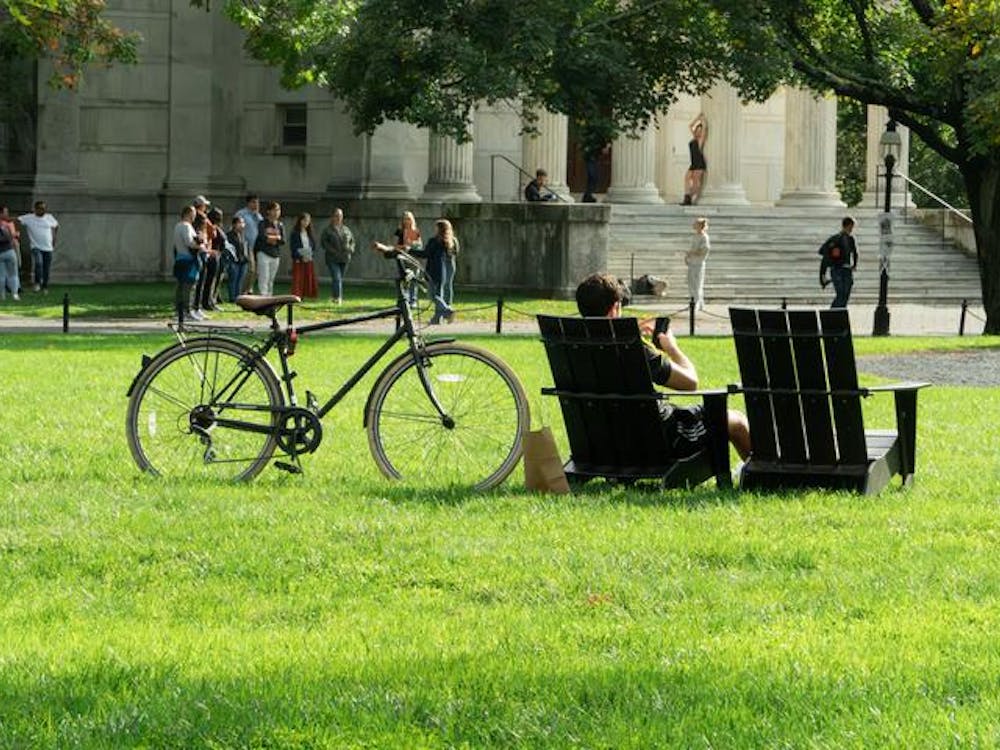Dear Editor,
The opinion piece “Can we welcome the students we say we want?” discusses Princeton’s strong commitment to a pioneering financial aid program that helps students from all economic backgrounds and makes it possible for us to make progress toward increasing diversity.
I would like to illustrate the extent of the progress we have already achieved and our intentions for the future by sharing a number of facts about our financial aid program that are perhaps less well-known or understood.
Pell grants are often used as a yardstick for measuring a school’s commitment to low income students. Public data about Pell percentages are released by the government in a two-year lag, and therefore don’t show in finer detail some of our recent progress. A decade ago, a typical entering class would have approximately seven percent Pell students. More than 14 percent of the current freshman Class of 2017 receive Pell grants.
While we recognize that there is much more to be done, we believe that doubling the percentage of Pell students is an excellent start. We expect the next freshman class to include an even higher percentage of Pell recipients, though it is far too soon to know the specific number. The government’s published data will take some time to reflect these increases, but we are already seeing the results of the commitment we’ve made to improve the matriculation of Pell students and we will track our efforts from year to year very closely.
Defining what constitutes low or middle incomes, and using a benchmark that is factually consistent, can be confusing. For example, it is easy to assume that our most generous aid packages are limited to families from the lowest or first income quintile. However, at Princeton and several of our peers, the most generous packages (which ask parents to contribute little or nothing toward college costs) extend to families earning up to $65,000, about the bottom of the fourth quintile.
While these families might not meet any external standard of poverty in America, such as Pell grants, and many are above the national median income, we recognize that their ability to find discretionary resources to pay for college is extremely limited. These are in fact the middle-class families for which the opinion piece expresses concern about falling through the cracks, which does not happen at Princeton.
Because the cost of an education is high, our aid program helps families in the higher quintiles as well, on a proportional basis using financial need as the scale. This chart gives a more complete picture of who qualifies for aidin the Class of 2017.
Our outreach to students from all economic backgrounds is an important factor in diversifying the applicant pool and matriculating students, and it is therefore crucial that we get the right message out. Middle-income students should not be discouraged because they think they won’t qualify for the “low income” package. In fact our aid program makes Princeton more affordable for low- and middle-income students than a less expensive state college, and Princeton might well be by far their best option financially.
Robin MoscatoDirector of Undergraduate Financial AidOffice of the Dean of the College









